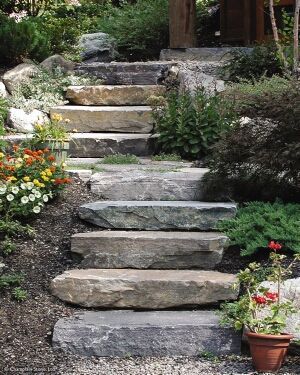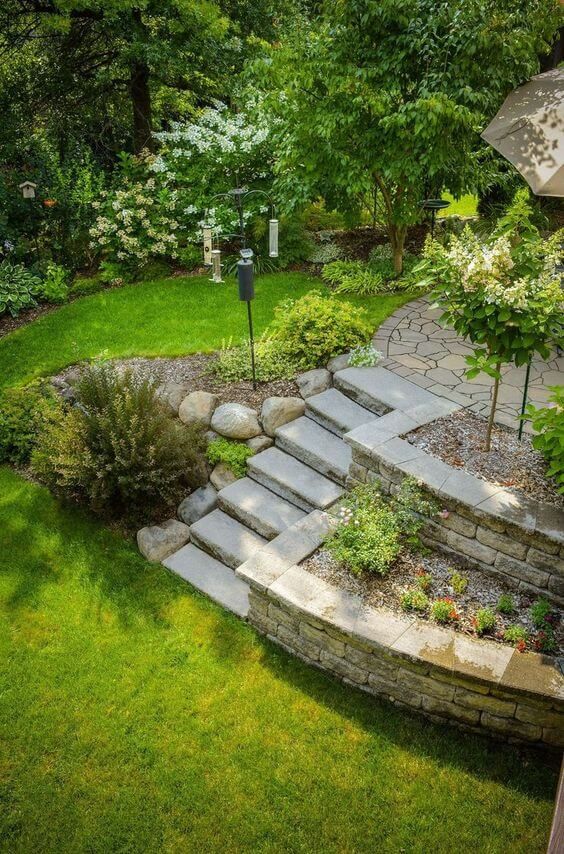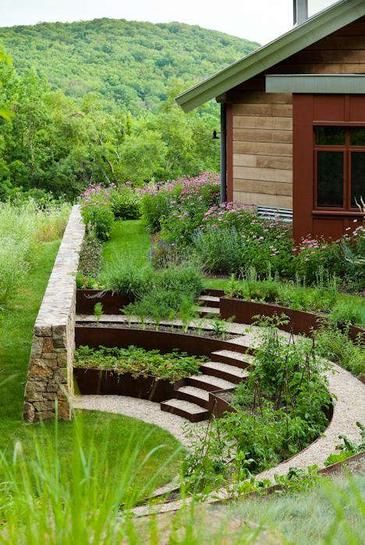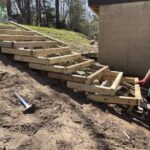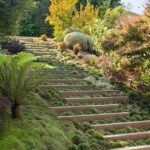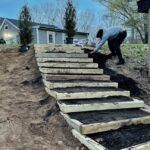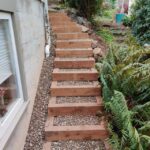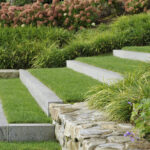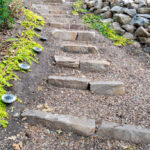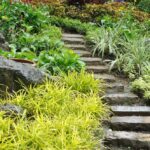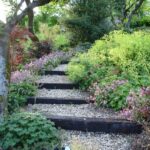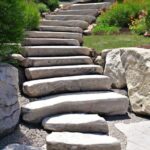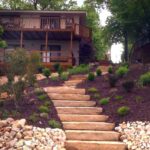Landscaping on a slope can present unique challenges, but with the right techniques, it can also be a beautiful and rewarding project. One of the first steps in landscaping on a slope is to carefully assess the site and determine the degree of slope. This will help you determine what type of plants and materials will work best in your landscape design.
To help prevent erosion and runoff, it’s important to install some form of erosion control. This can include retaining walls, terraced planting beds, or even ground cover plants with extensive root systems. Retaining walls can be made from a variety of materials, such as stone, wood, or concrete blocks, and can add both function and beauty to your landscape.
When selecting plants for a sloped landscape, it’s important to choose species that can thrive in this type of environment. Plants with deep root systems are ideal, as they can help stabilize the soil and prevent erosion. Ground cover plants, such as creeping thyme or vinca minor, are also great choices for sloped landscapes, as they can help reduce runoff and add visual interest.
Incorporating hardscaping elements, such as pathways or stairs, can help make your sloped landscape more accessible and functional. Pathways can help guide visitors through your landscape and create a sense of flow, while stairs can make it easier to navigate the slope. When designing pathways and stairs, be sure to consider the natural topography of the site and use materials that complement the overall aesthetic of your landscape.
Proper drainage is crucial when landscaping on a slope, as water runoff can cause erosion and damage to your plants. To help manage water runoff, consider incorporating drainage swales, French drains, or rain gardens into your landscape design. These features can help redirect water away from vulnerable areas and promote healthy plant growth.
Maintaining a sloped landscape can require extra effort, as erosion and runoff can be ongoing challenges. Regularly inspecting your landscape for signs of erosion, such as exposed roots or bare soil, can help you address issues before they become a problem. By implementing proper erosion control measures, selecting the right plants, incorporating hardscaping elements, and managing drainage effectively, you can create a beautiful and sustainable landscape on a slope.
